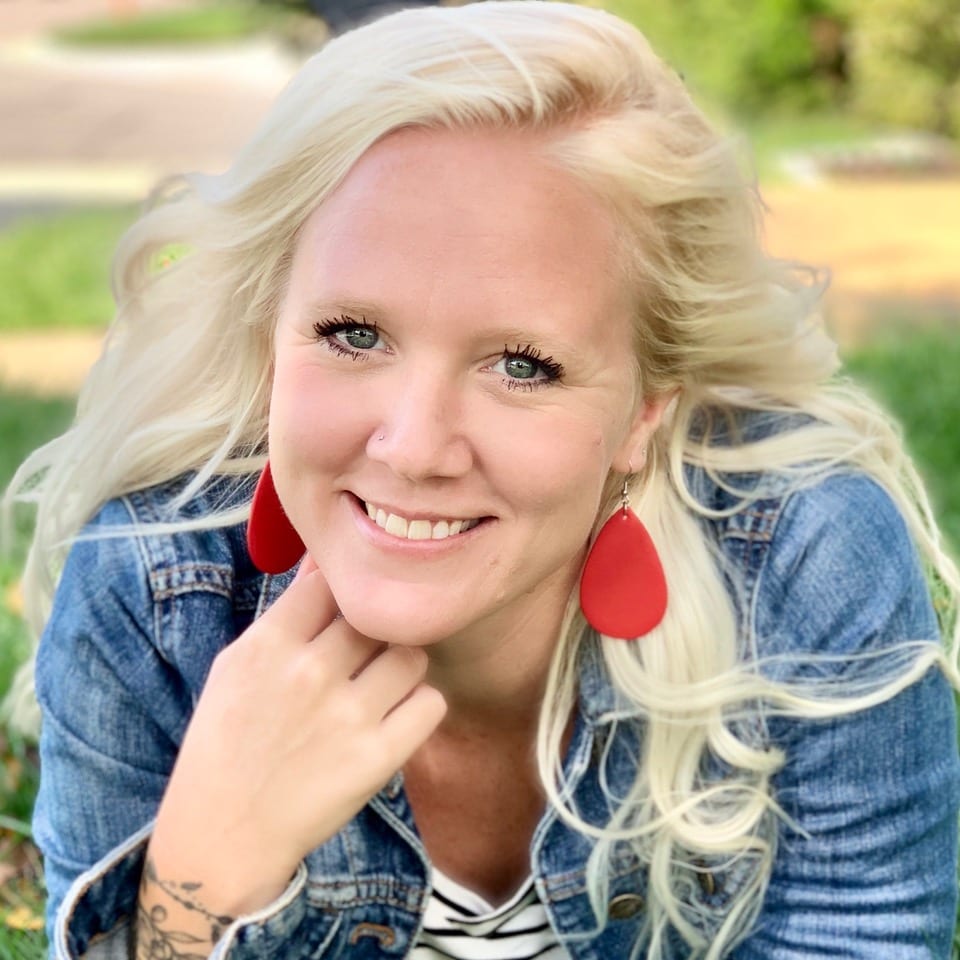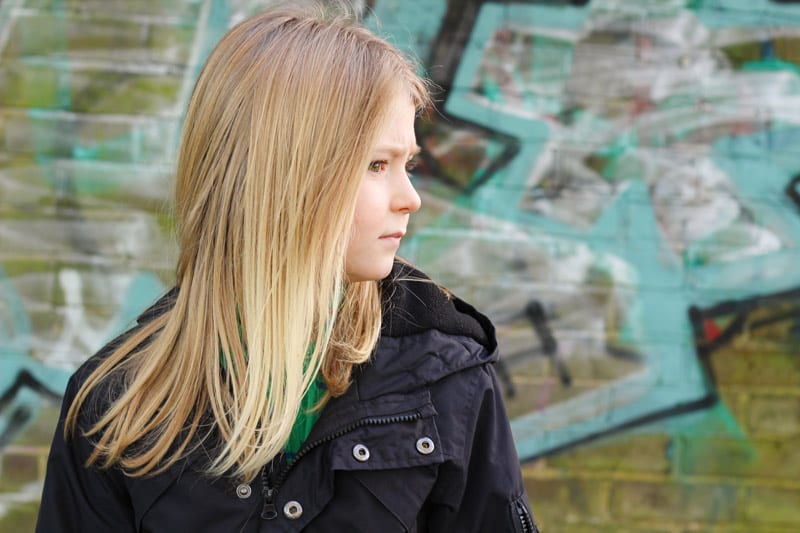The moment I found out I was pregnant with my firstborn, I was elated. After seeing the positive sign on the pregnancy test, like many first-time moms, I immediately envisioned the type of child I would have and the kind of parent I was going to be. My expectations were all very positive, and I had worked out in my mind that we were going to live happily ever after without any problems or worries.
Those lofty expectations were brought down to the ground soon after she was born. She was delightful, don’t get me wrong, but life wasn’t what I expected. It wasn’t either of our faults; it was just life with a newborn. For example, I didn’t realize how worn out I would be – always feeding and changing, worrying, drained and sore, never with a second to myself or a chance to sleep. I expected her to be adorable but did not expect it to be so… hard. All of this came as a surprise, but I was still hopeful for improvement.
There were other surprises along the way, especially as she grew and I had other children. I never expected to walk into the kitchen to discover chocolate milk powder spread all over the floor while my kids were covered and playing in it. I never expected my then three-year-old to sneak out of the house, totally naked, and knock on my neighbor’s door asking if she could play. I never expected my middle daughter to cut her hair by herself when she was four. I never expected a trip to the emergency room with my youngest because she got a peanut stuck up her nose. I never expected another trip to the ER where I had to forcefully hold her down while she got stitches in her chin – and once more to have them removed. The list could go on and on. While I worked through each one of those situations successfully on my own, the biggest surprise was yet to come.
Around the age of six, one of my daughters started acting out at home and school, doing things she had never done before. It came as such a shock to me. I never expected her to make such disruptive scenes in class. I never expected her to run suddenly out of class and hide in the bathroom. I never expected a phone call from the school telling me they could not find my daughter. I never expected the angry outbursts, slammed doors, and dreaded “I hate you” to come from her mouth. I truly never expected to feel so completely at the end of my rope, not knowing what to do next. After many dark days, tears, talks with teachers, trips to the school counselor’s office, and numerous explosive, embarrassing scenes in public, a friend suggested we seek help from a mental health professional. After much of my own worry and hesitancy, we did. And after the evaluations and initial sessions, my daughter was diagnosed with depressive anxiety disorder.
Wow, talk about unexpected. I felt so guilty. How could I have missed that she was struggling with something so big? Was my parenting at fault or something I did? After reading up on the subject and talking with our therapist, I learned that behavior issues and anxiety can look very similar. It can be very difficult to distinguish between the two.
In retrospect, here are some of the signs that I missed:
- Behavior changes in school and at home.
- Unable to sit still and a need to fidget.
- Easily angered and mean.
- Easily saddened and wanting to be alone.
- Not able to explain or express her feelings.
- Extra clingy at bedtime.
- Waking up in the middle of the night more than usual.
- Excessive worry.
Knowing she had anxiety did not excuse her bad behavior, but it did help me understand the “why” behind her actions, and this gave me a better perspective moving forward.
I also learned that I needed to change the way I was reacting to her behavior. Instead of slamming doors and yelling back, I came to understand that what she needed most from me was for me to stay calm. I began to learn about anxiety so I could understand her better.
In my reading, I came across a quote by the award-winning author L.R. Knost, founder of Little Hearts/Gentle Parenting Resources. “When little people are overwhelmed by big emotions, it’s our job to share our calm, not join their chaos.” This bit of wisdom put things in perspective for me.
As I began to change, my daughter did, too. Instead of slamming doors, I would tell her I was here for her when she was ready to talk. Instead of shouting at her, I told her I needed a timeout and would talk when I was ready. This approach allowed us to collect our thoughts and calm ourselves to have a peaceful, productive conversation.
Some other strategies that worked for us can be found on www.youngminds.org.uk in an article titled “Helping Your Child With Anxiety.”(2)
- Breathe slowly and deeply together. Count to five slowly as you breathe in together, then five as you breathe out. If this is too much, start with shorter counts. Once you have this down, gradually encourage your child to breathe out for one or two counts longer than she (or he) breathes in, as this will help relax her body.
- Sit with her to provide a calm, reassuring presence. Feeling you nearby, holding your hand, or having a cuddle if possible, can be soothing.
- Reassure her that the anxiety will pass and she will be okay. It can be helpful to describe the anxiety as a wave that she can ride or surf until it peaks, breaks, and gets smaller.
- Ask her to picture a safe and relaxing place or person in her mind. If you haven’t done this before, help her decide the place or person ahead of time while she is calm. It could be her bedroom, a kindly grandparent’s house, outdoor space, or favorite vacation spot. Holding a memento of a relaxing place, such as a seashell or feather, can also help.
- Use all five senses together. Helping your child connect with what she can see, hear, smell, taste, and touch can bring her closer to the present moment and reduce the intensity of her anxiety. You might try putting your heads together to come up with five things she can see, four things she can touch, three things she can hear, two things she can smell, and one thing she can taste.
- Encourage her to do things that help her feel calm. The possibilities include running, walking, listening to music, drawing, painting or coloring, writing in a journal, reading a favorite book, or watching a movie.
Having been a mom for 15 years and counting, I have been through many unexpected moments, trials, and tribulations as an overextended parent. Thankfully, many of these unexpected moments are ones I can laugh at in hindsight. Other unexpected moments served as important learning lessons. A few of these moments were ones I certainly never imagined when I was a young, first-time mom dreaming of a perfect life for my child. Children count on their parents to be their guides and protectors. It matters a great deal how we respond to them during the chaos. So please, if you need help, reach out to a mental health professional for support, and if you are surprised by your child’s diagnosis, push stigma aside and go all in. Learn all you can and change what needs to be changed. The outcome is worth it.
If you or someone you know experiences mental health issues, it is important to seek help from a qualified professional. Our Resource Specialist can help you find expert mental health resources to recover in your community. Contact us now for more information on this free service to our users.

Jamie is the author of Tangled Up, a children’s book intended to lessen the fear of the unknown and shine a positive, peaceful light on mental health and therapy.
Want to read Tangled Up? Check out the link above!
Your purchases will help support the costs of running rtor.org, a free service of Laurel House, Inc., 501 (c)(3), nonprofit organization.
Laurel House, Inc., the sponsor of www.rtor.org, is a participant in the Amazon Services LLC Associates Program, an affiliate advertising program designed to provide a means for sites to earn advertising fees by advertising and linking to Amazon.com. Some links may be affiliate links. We may get paid if you buy something or take an action after clicking one of these.
- http://www.acmh-mi.org/get-information/childrens-mental-health-101/possible-red-flags/
- https://youngminds.org.uk/find-help/for-parents/parents-guide-to-support-a-z/parents-guide-to-support-anxiety
Photo by Katie Gerrard on Unsplash
The opinions and views expressed in any guest blog post do not necessarily reflect those of www.rtor.org or its sponsor, Laurel House, Inc. The author and www.rtor.org have no affiliations with any products or services mentioned in the article or linked to therein. Guest Authors may have affiliations to products mentioned or linked to in their author bios.
Recommended for You
- When Everything Feels Urgent: How Clarity Protects Your Mental Health - December 18, 2025
- How to Protect Your Mental Health During the Holidays with a Gentle Reset - December 17, 2025
- Crisis Transport for Teens: A Compassionate Bridge to Mental Health Care - December 15, 2025





